Protests Surge in Los Angeles Following National Guard Deployment
LOS ANGELES -- Tensions escalated dramatically in Los Angeles as thousands of demonstrators flooded the streets in reaction to President Donald Trump's recent deployment of National Guard troops. The situation intensified with protesters blocking a major freeway and setting fire to self-driving vehicles, prompting law enforcement to respond with tear gas, rubber bullets, and flashbangs in an attempt to regain control of the chaotic scene.
As night fell, police declared the assembly unlawful, which led to the dispersal of many protesters. However, some individuals continued to engage in confrontations, hurling projectiles such as concrete chunks, rocks, and fireworks toward law enforcement officials, who sought shelter under an overpass.
The protests, which are part of a larger series of demonstrations against the administration's immigration policies, primarily took place in downtown Los Angeles, a city home to four million residents. The unrest marked the third consecutive day of protests, exacerbated by the deployment of approximately 300 National Guard troops aimed at protecting federal facilities, including a downtown detention center.
Los Angeles Police Chief Jim McDonnell described the situation as overwhelming, citing a mix of individuals at the protests, including frequent agitators. Across the weekend, several arrests were made, including one individual apprehended for allegedly throwing a Molotov cocktail at officers and another for colliding a motorcycle into a line of police.
In response to the escalating violence, Trump took to social media, urging local law enforcement to arrest masked protesters. He expressed his dissatisfaction with the situation in Los Angeles, calling for military intervention.
In nearby San Francisco, police also arrested dozens of individuals during the protests, as some refused to comply with dispersal orders. Reports indicated that violence erupted, prompting law enforcement to take action against the unruly crowd.
The morning following the protests, National Guard troops were deployed in full gear as demonstrators voiced their dissent. The protests quickly escalated, resulting in law enforcement utilizing crowd-control munitions to disperse the gathering. Protesters subsequently blocked traffic on the 101 freeway, where officers worked to clear the road by the afternoon.
As tensions continued to rise, four self-driving vehicles were ignited, sending plumes of smoke into the air as they burned. By evening, police issued an unlawful assembly order, extending across various blocks in downtown Los Angeles, as sounds of flashbangs punctuated the night.
California Governor Gavin Newsom publicly opposed the deployment of National Guard troops, labeling it a significant breach of state sovereignty. He asserted that the situation was under control prior to the federal intervention and criticized the administration's approach to the protests, suggesting that it was designed to escalate tensions. Both Newsom and Los Angeles Mayor Karen Bass urged demonstrators to maintain peaceful protests.
McDonnell, however, indicated that the protests followed a familiar pattern of civil unrest, often intensifying over multiple days. He countered claims from the Trump administration that local authorities had failed to assist during the protests, emphasizing that the LAPD was unprepared for the unrest due to a lack of prior notification about the federal immigration raids.
The protests in Los Angeles stemmed from a series of immigration enforcement actions that resulted in over 100 arrests in the area, further fueling public outrage. While the protests did not reach the scale of previous instances of civil unrest in the city, the deployment of National Guard troops without a governor's request marked a significant escalation in federal responses to civil demonstrations.
In a directive issued over the weekend, Trump utilized a legal provision allowing the deployment of federal forces in response to what he described as a rebellion against federal authority. He stated that he had authorized the deployment of 2,000 National Guard members, asserting that violent actions would not be tolerated.
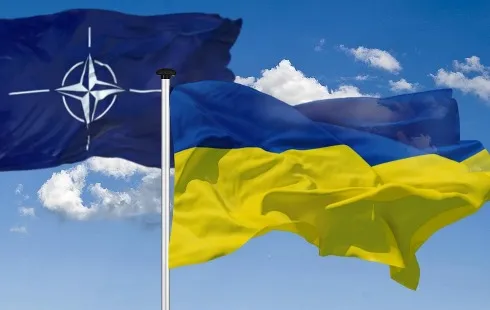
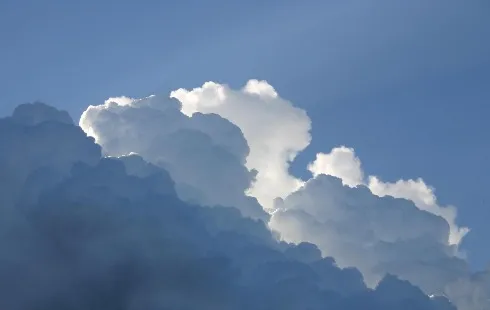
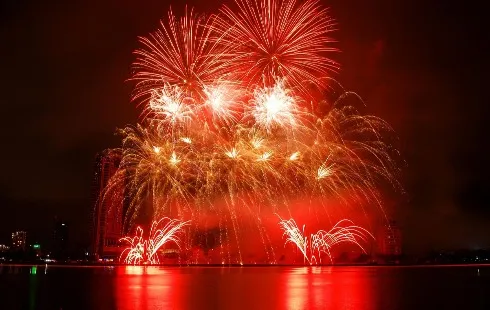
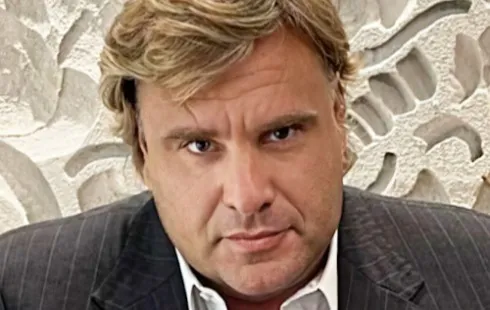
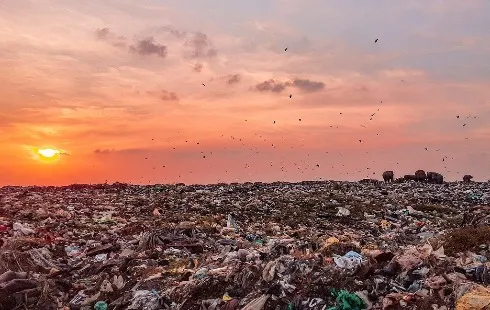








No comments yet. Be the first to comment!